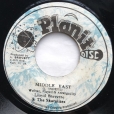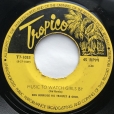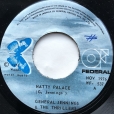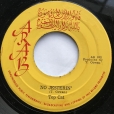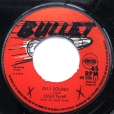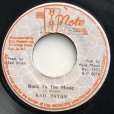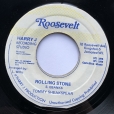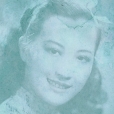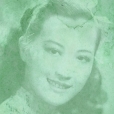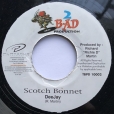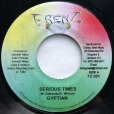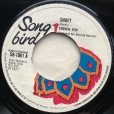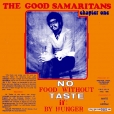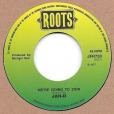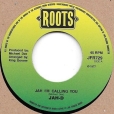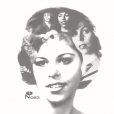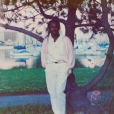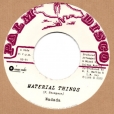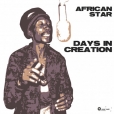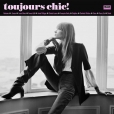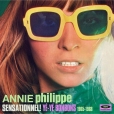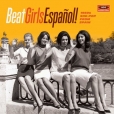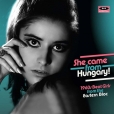Your basket is empty

‘Shidaiqu means ‘songs of the era’: a hybrid musical genre arising in the cosmopolitan city of Shanghai in the late 1920s, blending traditional Chinese elements with western pop, jazz, blues, and Hollywood-inspired film soundtracks. It represented a musical and cultural merging that would go on to shape a golden age of Chinese popular song and film in the interwar period.
‘Waiting For Your Return ranges from early beginnings — like the 1927 recording Drizzle, often considered the first shidaiqu 78, composed by Li Jinhui and performed by his daughter Li Minghui — through to more polished examples in succeeding decades, by such stars as Bai Hong, Wu Yingyin, Yao Lee, and most prolifically Zhou Xuan.
‘The recordings here reach up until the shidaiqu’s local demise in the early 1950s, when the Chinese Communist Party denounced it as ‘yellow music’, outlawing nightclubs and the manufacture of pop music, and destroying western-style instruments. At this point many of these singers decamped to Hong Kong, enjoying further success throughout the 1950s and into the 1960s.’
